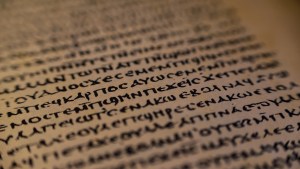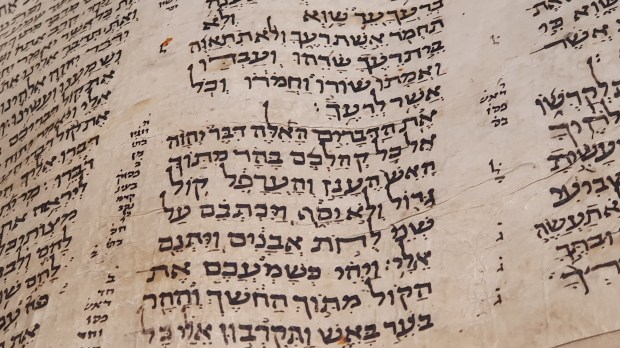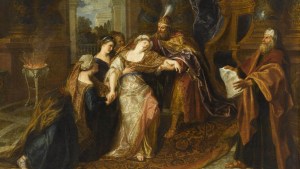The Codex Sassoon is around 1,100 years old. A century older than the famed Leningrad Codex, the Sassoon is closer in age to the Aleppo Codex, which dates to around the year 930. It is one of the world’s oldest surviving biblical manuscripts.
The leather-bound handwritten parchment, which is missing only eight leaves, is one of the most valuable historical documents ever sold at auction. Originallyexpected to be sold for somewhere around $50 million, the Codex Sassoon sold for $38m in New York on Wednesday.
What could still be the most expensive medieval manuscript ever sold was purchased by Alfred H. Moses, a former United States ambassador to Romania. As reported by AlJazeera, “Moses acquired the ancient text on behalf of the American Friends of ANU — Museum of the Jewish People in Tel Aviv, where it will join the collection.”
The manuscript was exhibited at the ANU Museum in March, as part of a worldwide tour before, the auction.
Sotheby’s Judaica specialist Sharon Liberman Mintz said the $38m price tag, which includes the auction house’s fee, “reflects the profound power, influence, and significance of the Hebrew Bible, which is an indispensable pillar of humanity.”
The codex was preserved, according to notes found in the codex itself, by Salama bin Abi al-Fakhr. He was supposed to keep the book safe until the synagogue was rebuilt. But reconstruction works never begun, and the codex disappeared for the next 600 years until it was “rediscovered” in 1929 by a British collector, David Solomon Sassoon, who bought it for £350.
The document remained with Sassoon’s heirs until 1978, when the British Rail Pension Fund purchased it for $320,000. It was bought in 1989 by Swiss collectior Jacqui Safra, who paid $3.19 million.
Sarah Kuta’s article in Smithsonian Magazine notes that the Codex Sassoon has long held a “revered and fabled place in the pantheon of surviving historic documents and is undeniably one of the most important and singular texts in human history.”



